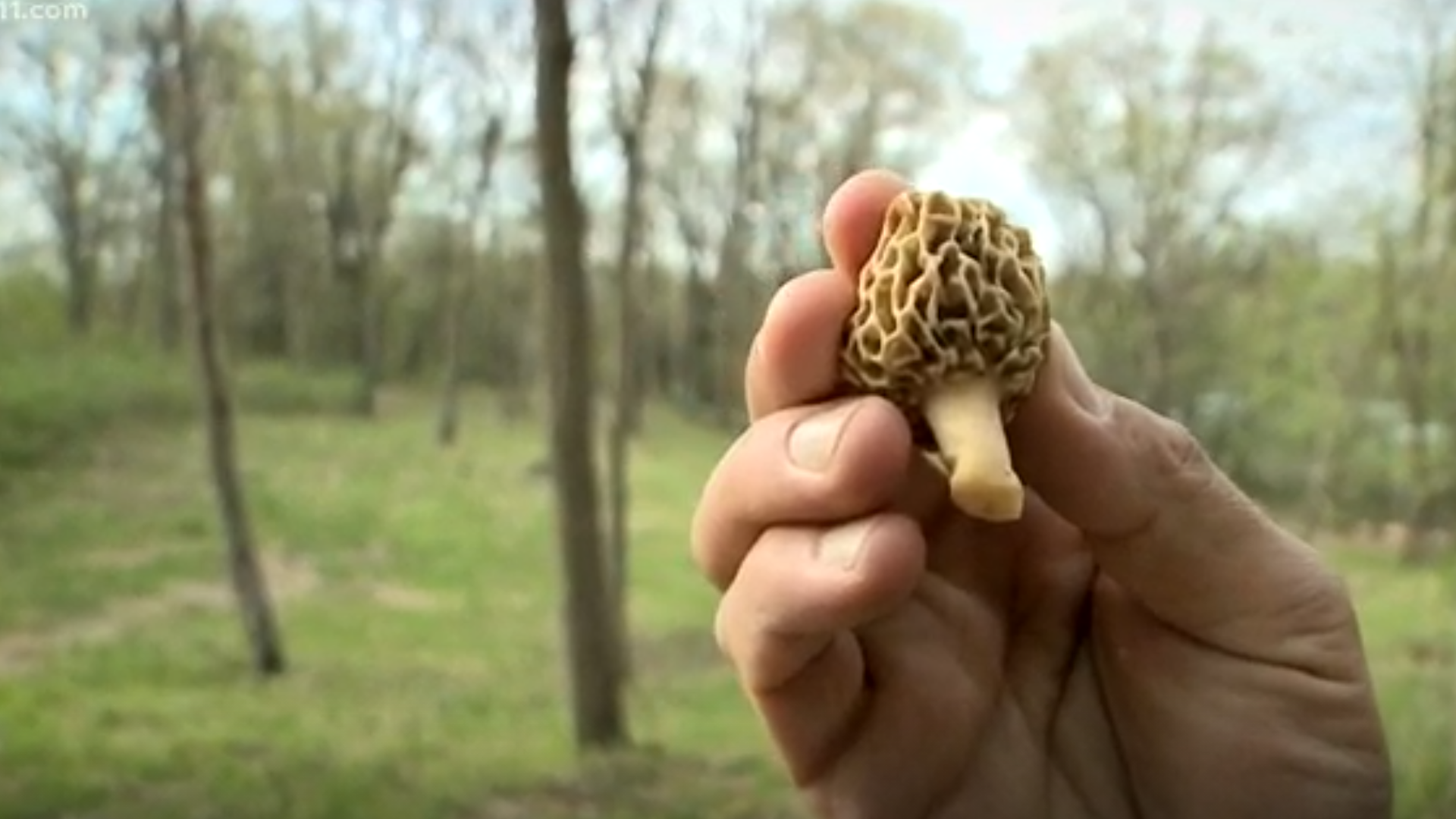MINNEAPOLIS — Once upon a time, we all had to dig in the dirt to get food on our plate. It's less common now, but there are still folks who would rather take a walk in the woods than a walk to the grocery store.
Tim Clemens is one of them. He’s been foraging for a decade, and a couple years ago started Ironwood Foraging to help spread his knowledge of the ancient practice.
Clemens offers classes to teach people where to look, what to forage for and the legalities involved. “In a state park for example, you can harvest mushrooms, nuts or berries," he said, "but roots and stems and leaves are off limits.”
If you venture into a state park or rural area, the variety of species will increase, but urban foraging is not uncommon. Tim says you can harvest resources in your alleyway, in your yard, pretty much anywhere as long as the soil is safe, meaning no herbicides or pesticides have been sprayed on the plants. If you’re in a public area, it’s wise to inquire.
“It’s best to call ahead and ask what they’re spraying for," Clemens said. "Make friends with the park managers and they’ll tell you all that you need to know. The park manager is really your best friend.”
Now that the business side of foraging is out of the way, it’s time to fill your basket. Minnesota has several easy pickings for beginners. Raspberries, wild plums, ramps and the morel mushroom.
Morels are a firm mushroom with a savory, nutty flavor that can be sautéed in oil with garlic, butter and salt, and paired with wild onions and fish to complete a perfectly foraged meal.
Because they can be difficult to find for the small window of time they appear in the in the spring and aren't grown commercially, morels are a coveted discovery for foragers. It's tough to convince a morel hunter to give up their secret spots, but there are a groups of mushroom hunters who track the locations these rare mushrooms have been spotted across the country. Check out one of these maps here.

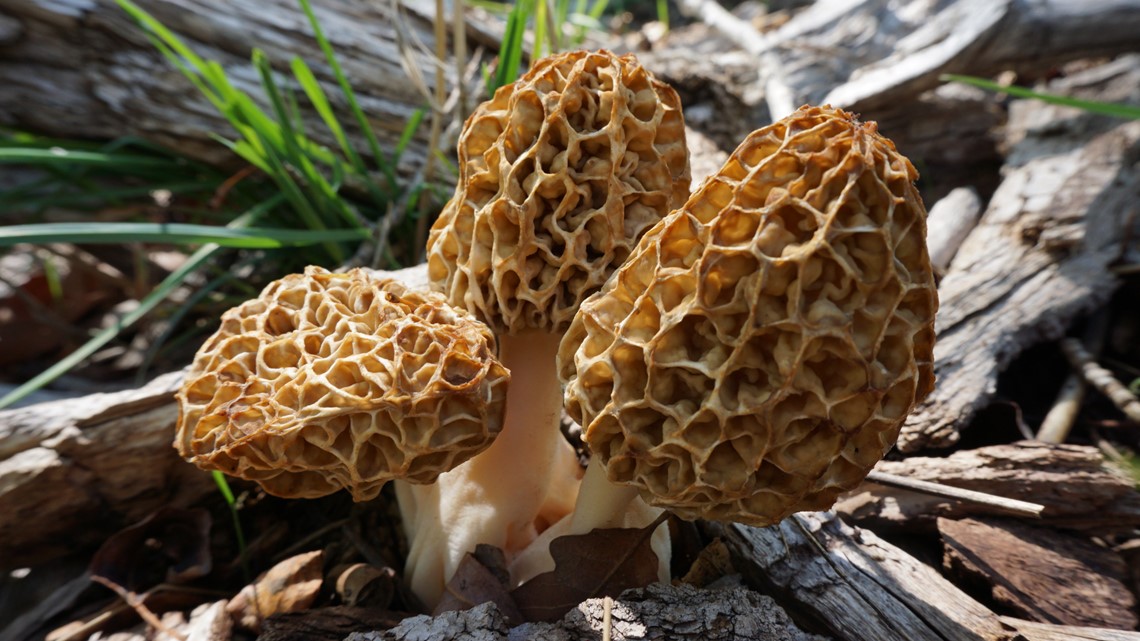
The woods are full of growing things, and even dead logs on the forest floor create life. That’s where another locally growing mushroom sprouts, the gigantic pheasant back. It smells like cucumber, but it's meaty texture makes it ideal for mushroom bacon. Tim says it’s best harvested when young.
“If these pores are large then it’s older," he said. "If they are less apparent then they are younger and those are the ones that you want to eat.”

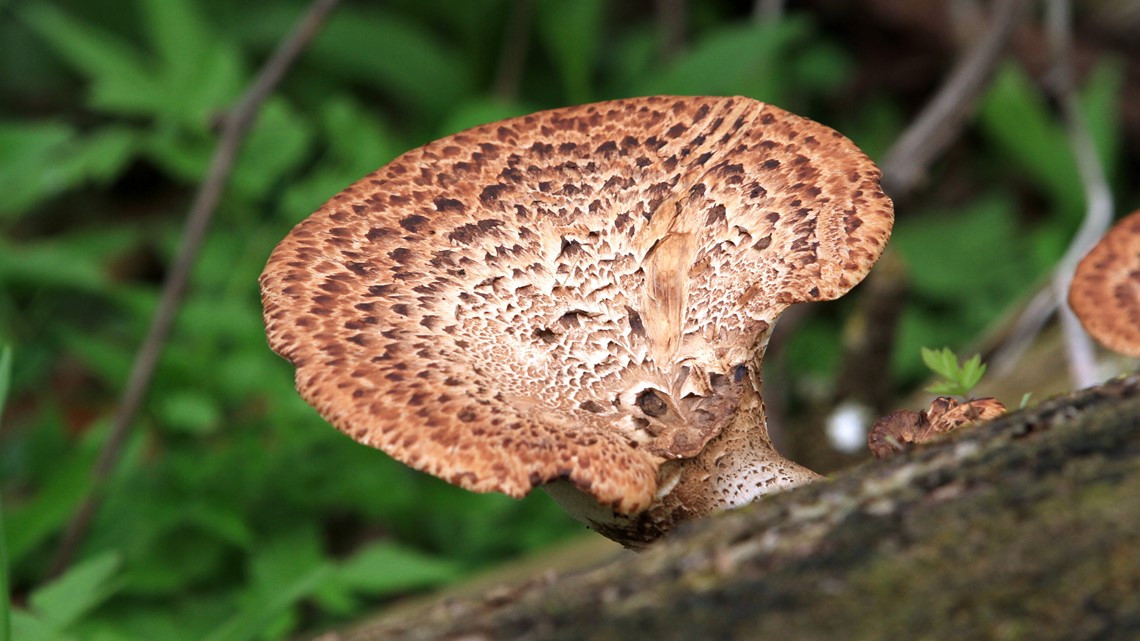
There’s garlic mustard with it's very distinctive flavor. There's an extra bonus to harvesting this plant. Since it's invasive to Minnesota, picking these plants actually gives our native species more space to grow.

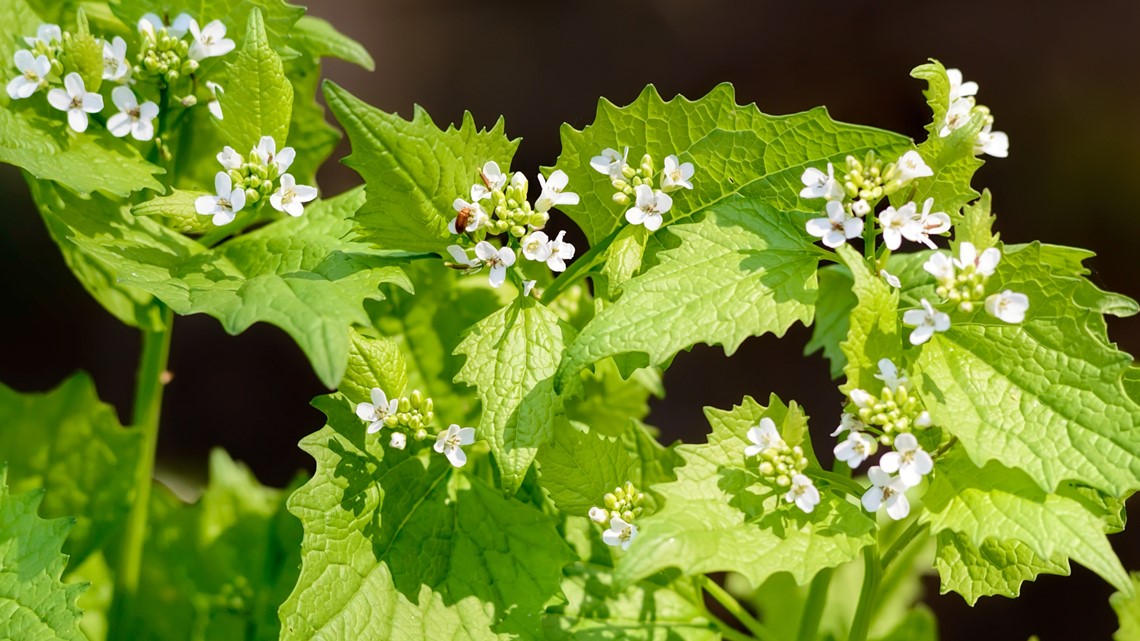
Another popular plant to harvest in the spring are ramps, or wild leeks. They're one of the first edible plants to pop up early in the year. Their garlicky or onion-like flavor can be used in salads, to make butter, or in many of your favorite dishes. Because they're a leafy plant, they can't be harvested on state lands in Minnesota, but if you know a private land-owner with ramps growing on their property, you're in for a treat!

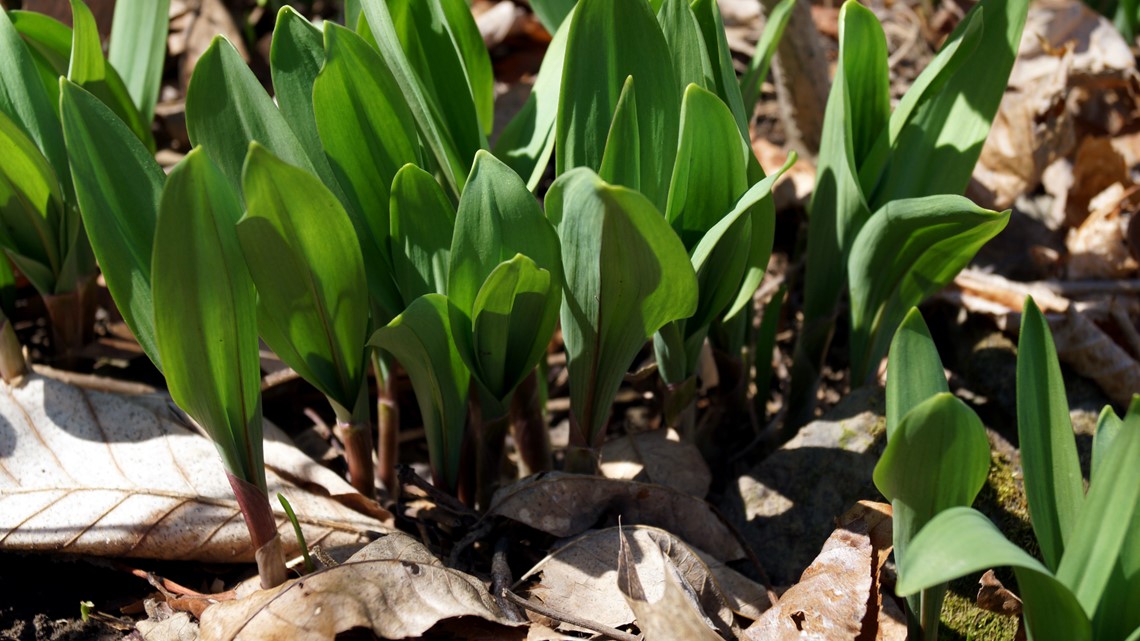
Even those pesky dandelions growing in your yard can be eaten! However, before you pop anything in your mouth, Tim stresses that you need to know what you’re eating. “Get some books and cross reference at least three resources whenever you’re trying to identify something, and when you’re 100% confident what you have, then I would consider eating the thing,” he said.
Information on foraging from the U.S. Fish and Wildlife Service highlights the importance of making sure you know exactly what plant or mushroom you're picking before eating it. They offer some tips for identifying your find:
- Use a trusted resource, preferably multiple sources, including a book or a professional. Do not rely on apps or websites as they can be unreliable.
- Pay attention to the entire plant.
- For berries: Look at the leaves, stems, fruit and overall structure of the plant.
- For mushrooms: Look at the top, bottom, stem, and how the two connect. Check the surrounding area, and if it is a tree mushroom what type of tree is it growing on?
- If you aren’t 100% sure, DON’T EAT IT.
- The first time you try something, only take a nibble at first to be sure of your identification. Getting a little sick is much safer than eating a handful of something that could be potentially poisonous.
If you're interested in giving foraging a try, there are many resources available online to help get you started. There are numerous local Facebook groups, including Foraging Minnesota, Minnesota Mushroom Forum, Foraging & Feasting, and many more.

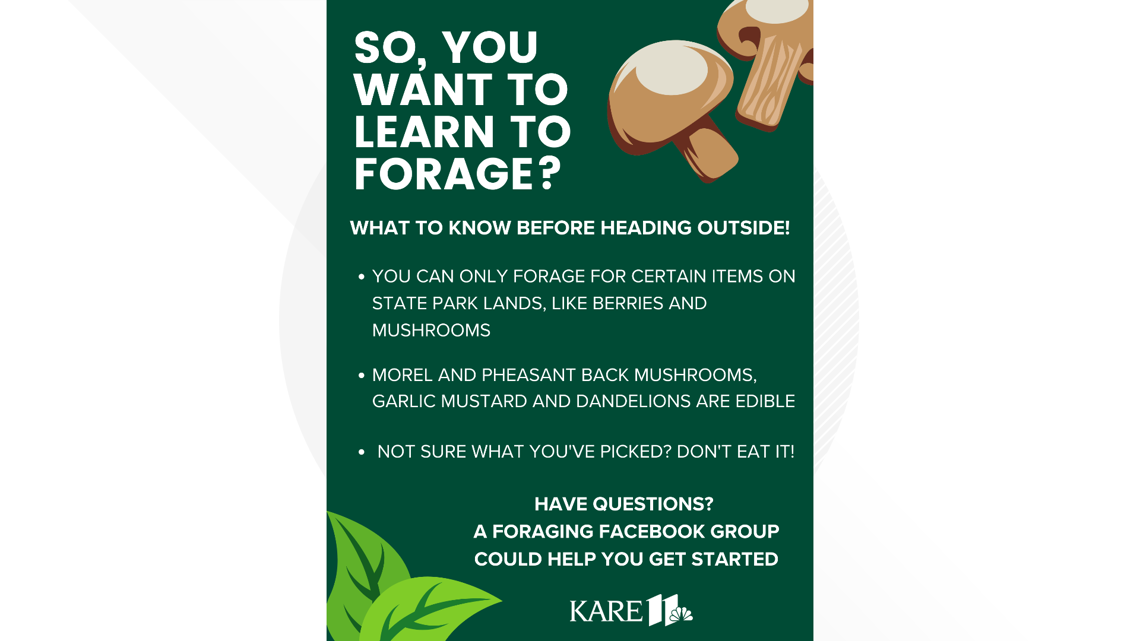
For a more in-depth read about the flora and fauna growing in Minnesota year-round, check out the "Minnesota Harvest Handbook" published by the University of Minnesota Extension.
RELATED: Foraging for Minnesota mushrooms

